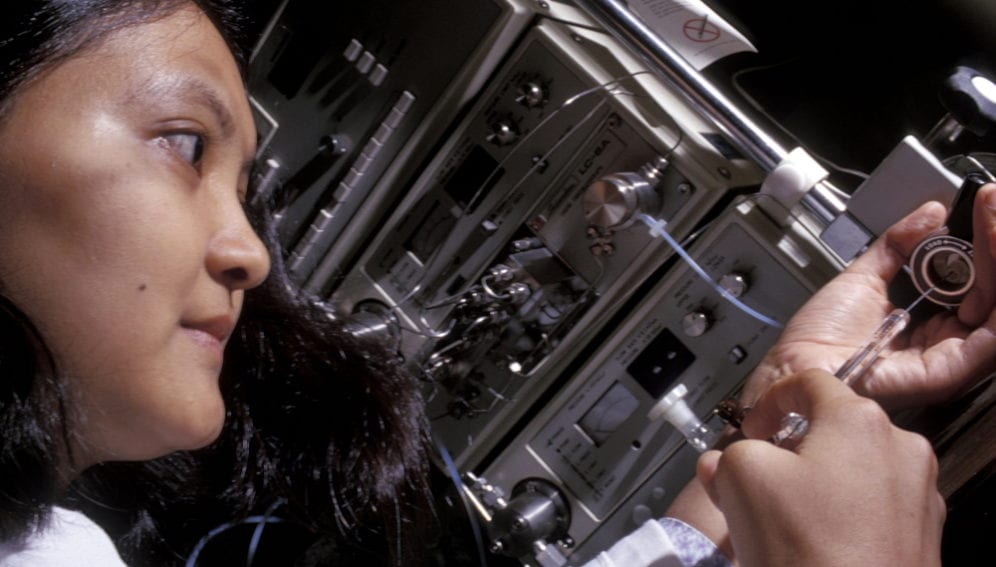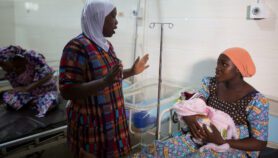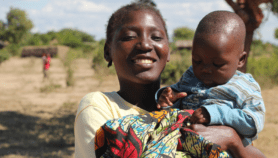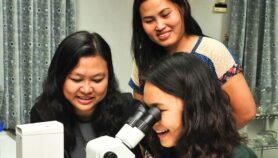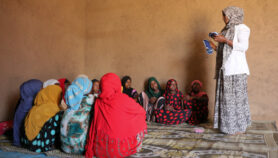By: Prime Sarmiento
Send to a friend
The details you provide on this page will not be used to send unsolicited email, and will not be sold to a 3rd party. See privacy policy.
[MANILA] A growing number of Asian women are making inroads in science and technology, thanks to greater opportunities for career development and changing cultural mores.
Interviews with female scientists across the region reveal that policies and laws that promote gender parity and equal opportunities, alongside changing cultural perceptions on women’s roles, more supportive families and the presence of female role models, are helping women cope with the challenges they usually face when choosing a demanding career in science and the academe.
For instance, in China, the Chinese Academy of Sciences has identified increasing women representation in science as an important priority.
In India, the Department of Science and Technology has launched a Women Scientists’ Scheme that offers fellowships and grants to women scientists who have to take a sabbatical to raise their families.
In Japan, the government has offered competitive grants for research conducted by female scientists, established programmes that encourage female researchers to return to work after having a child as well as protecting them from losing their grants while on extended maternity leave, and increased funding to help universities employ more female scientists. Japanese universities are also working to increase female enrolment by launching science-themed fairs, workshops, campus tours and lab visits.
In South Korea, the government and the private sector put up awards that provide cash money and honour the contributions made by female scientists.
“I think that Asian women will enjoy excellent career opportunities if they are given early encouragement, access to scholarships and research support,” Cecilia Conaco, assistant professor at the Marine Research Institute of the University of the Philippines, says in an interview with SciDev.Net.
The thirty-something Conaco, who had a stint as postdoctoral researcher at the Neuroscience Research Institute at the University of California, credits the presence of female role models for her success.
“I grew up with a lot of women as role models. Most of my science teachers were women, and so was my dissertation adviser,” she says. “There are in fact a lot of women who are raising families while maintaining an active research career. Women should know that it is okay to pursue a career in science.”
Heeding the call of science
For Pakistan-based chemist Shazia Anjum, changing mores — combined with her family’s defiance of a conservative culture — allowed her to be the first daughter in her family to live away from home in order to study in a graduate school in Canada, publish papers and later head a research institution.
"I faced some problems but that didn’t overcome my determination and dedication to learning," Shazia narrates.
Shazia, who’s now the director of Cholistan Institute of Desert Studies at the Islamia University of Bahawalpur, notes that aspiring scientists — whether male or female — “need to develop a real love for learning” to pursue a career in science.
“Persistence, determination and passion can help you get past these challenges,” she stresses.
Ma. Isabel Garcia, curator of The Mind Museum, the Philippines’ first science museum, agrees with Shazia’s assessment.
“Being a scientist is such a deep calling that if you are imbued with the character and slant for it, you would want to be there whether you were encouraged or not,” Garcia notes.
But she points out that any aspiring scientist would need the support of their family, the academe and the government in order to do research well and to further their career. This is all the more crucial, she says, in countries where “the initial conditions are so enslaving and oppressive to girls that you are immediately disadvantaged in life and not just if you want to become a scientist.”
Global gender disparities
Indeed, anecdotes about successful female scientists such as Conaco and Shazia are tempered by data that showed globally, gender inequalities remain prevalent in hiring, earnings, funding, and patenting. [1]
In India, Japan and South Korea, women account for only less than 15 per cent of their country’s scientists and engineers, while most female students opt for other fields of study. In China, less than ten per cent of the academicians in the prestigious Chinese Academy of Sciences are female.
A study by the Canada-based consulting group Women in Global Science and Technology reports that in South Korea, less than 15 per cent of women are enrolled in degree programs for science and technology fields — lower than the average 30 per cent in most countries. In India, while women account for 80 per cent of the students enrolled in the biology and health sciences field, they account for only 35 per cent of students enrolled in engineering and physics degrees. [2]
“Female parity in the science, technology and innovation fields is tied to multiple factors, with the most influential being higher economic status, larger roles in government and politics, access to economic, productive and technological resources, and a supportive policy environment. Findings also show that women gain ground in countries that have health and childcare, equal pay and gender mainstreaming,“ the study says.
It also does not help that women are viewed to be mainly responsible for caring for the children and elderly as this hurts their career prospects, notes Chin Jia Min, head of the Laboratory of Advanced Porous Materials at the Institute of Materials Research and Engineering in Singapore’s Agency for Science, Technology and Research.
“I think that as long as women are expected to bear the brunt of child and elderly care, there will always be a gender disparity. For example, in Singapore, the Ministry of Manpower’s guidelines for maternity leave stands at four months, whereas paternity leave is one week. Even though one week of maternity leave may be transferred to the father, this still represents a significant imbalance. The possibility that a woman may become pregnant and take time off to take care of the family affects employers’ decisions with regards to her salary and suitability for a job position,” Chin says.
Chin adds that science and academia are very demanding fields and both male and female scientists have to work tirelessly to excel in them. “But these gruelling requirements are harder to fulfil for women when one considers the extra responsibilities they are given,” she says.
Changing times
But more than the change in national policies and cash incentives, it is also important for the families and local communities to accept that women also need the time and space to follow their career path. Chin, for instance, suggests that both men and women have to share household responsibilities.
Conaco thinks that it is vital for women to be supportive of other women.
“A life in science and research is definitely not an easy one and having a good support system really helps to keep women on the path,” says Conaco.
For Delhi-based immunologist Indira Nath, a world-renowned expert on leprosy, parents also need to be aware that their daughters are capable of becoming scientists and counsel them not to drop out of their career once they get married and have children.
“Girls should be exposed to the excitement of science, mathematics and research early in life and onwards. Mothers should inculcate this spirit in their daughters,” she argues.
More importantly, she believes that women themselves should be more focused and determined if they want to have a career in the sciences.
“Women need to focus on their career irrespective of family problems, do better networking without compromising on individual integrity and stop feeling that they are victims of discrimination. It is important not to feel sorry for oneself because one is a woman but to celebrate one’s womanhood instead,” she says.
This article has been produced by SciDev.Net's South-East Asia & Pacific desk.
References
[1] Vincent Larivière and others Bibliometrics: Global gender disparities in science (Nature, 11 December 2013)
[2] Women in Global Science and Technology (WIGSAT) and others National Assessments on Gender and Science, Technology and Innovation: Scorecard on Gender Equality in the Knowledge Society (WIGSAT, September 2012)


